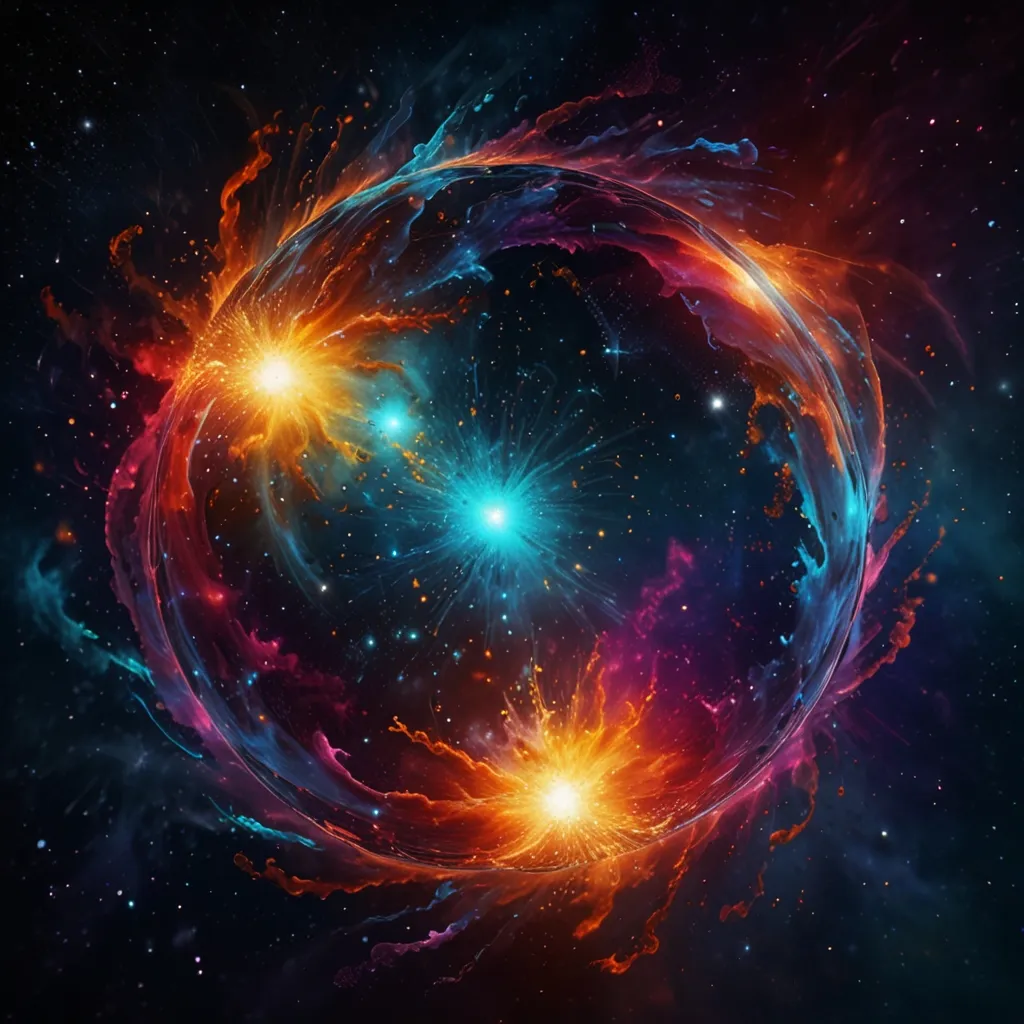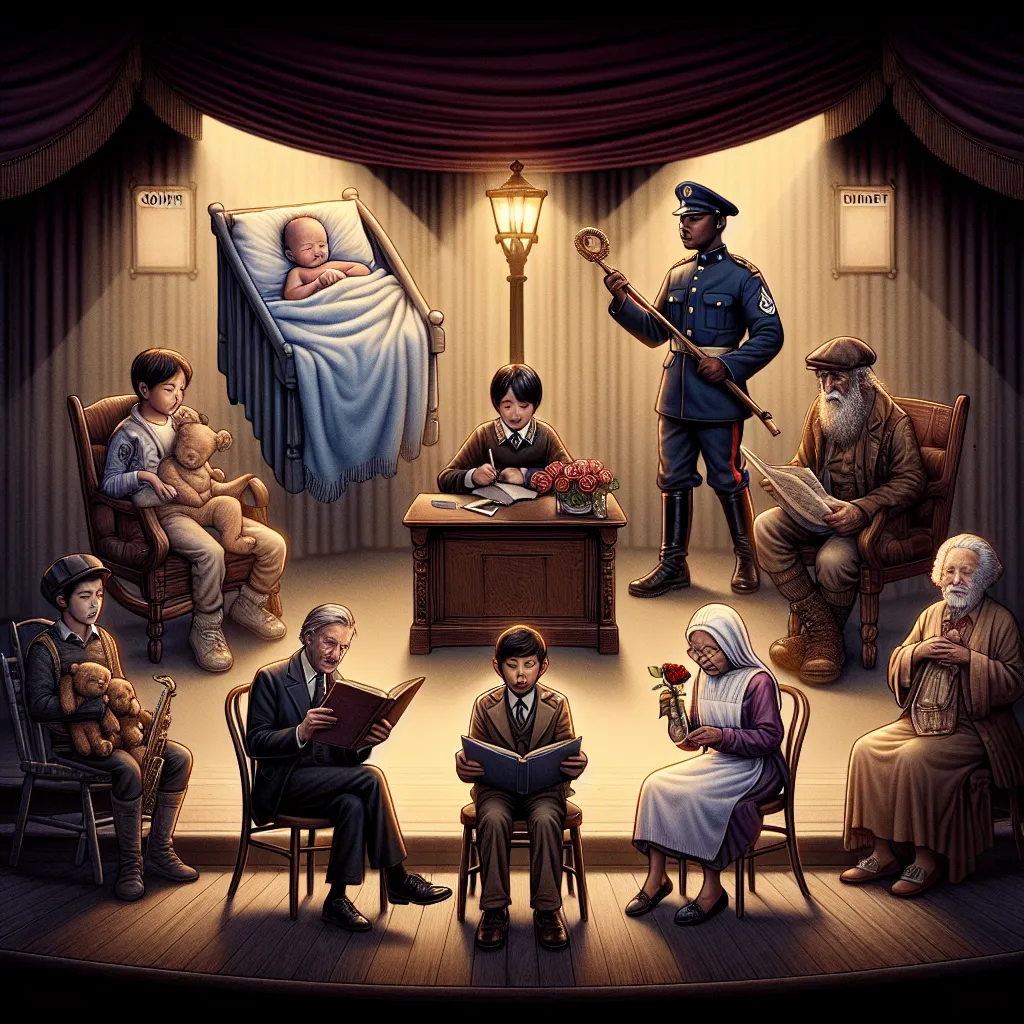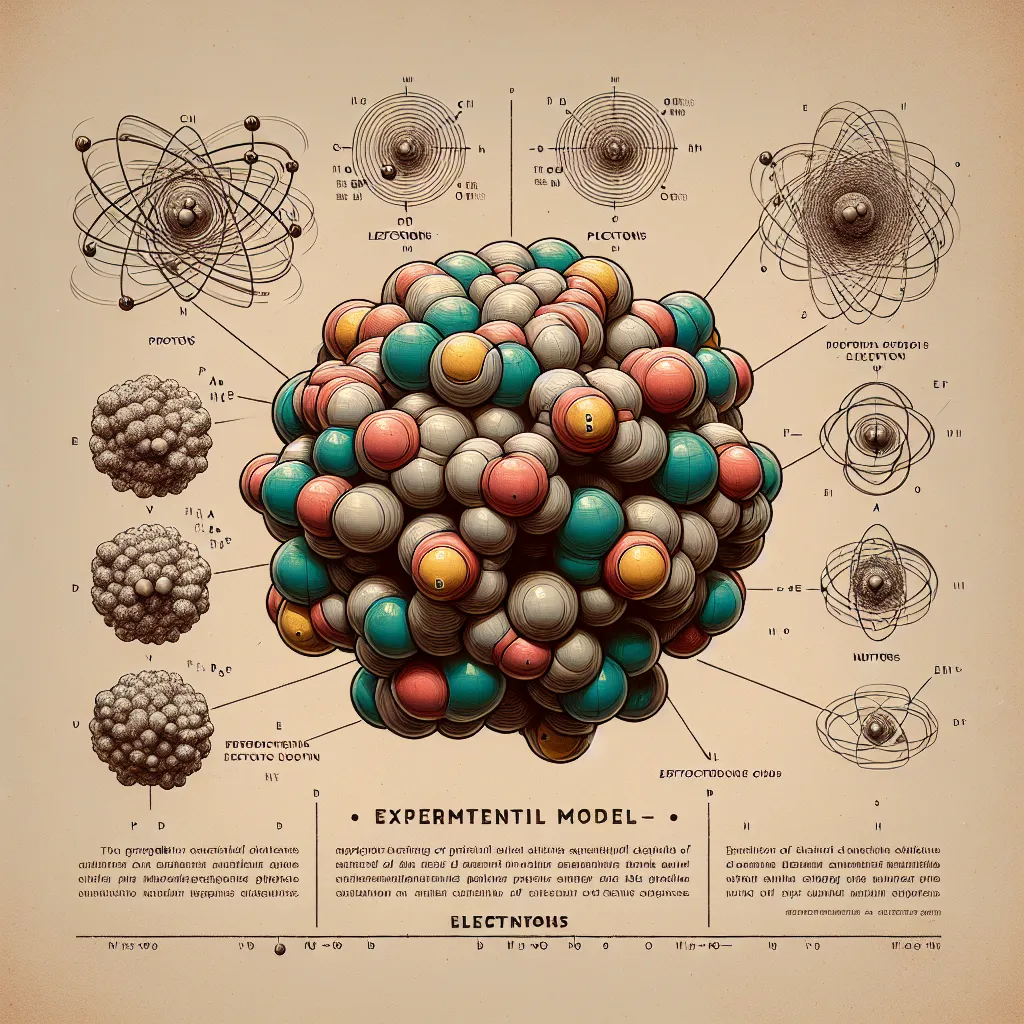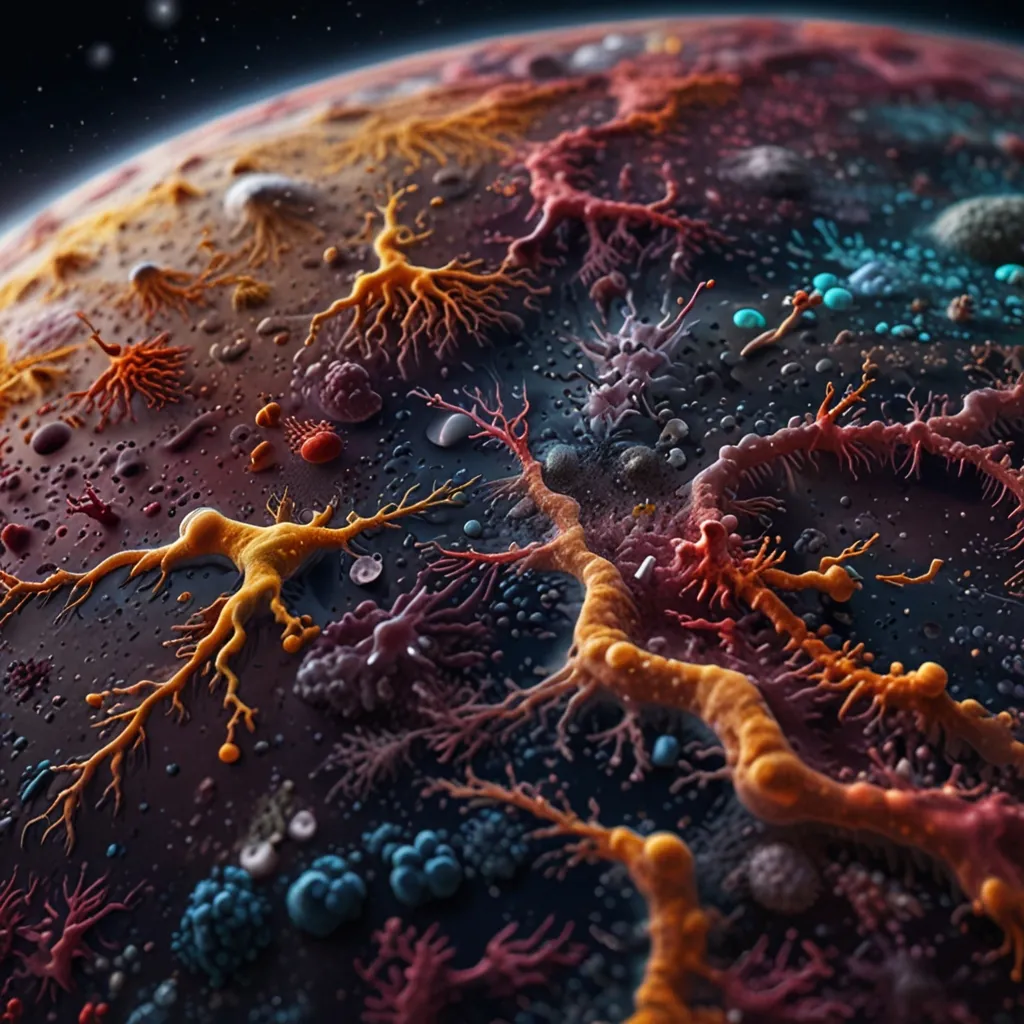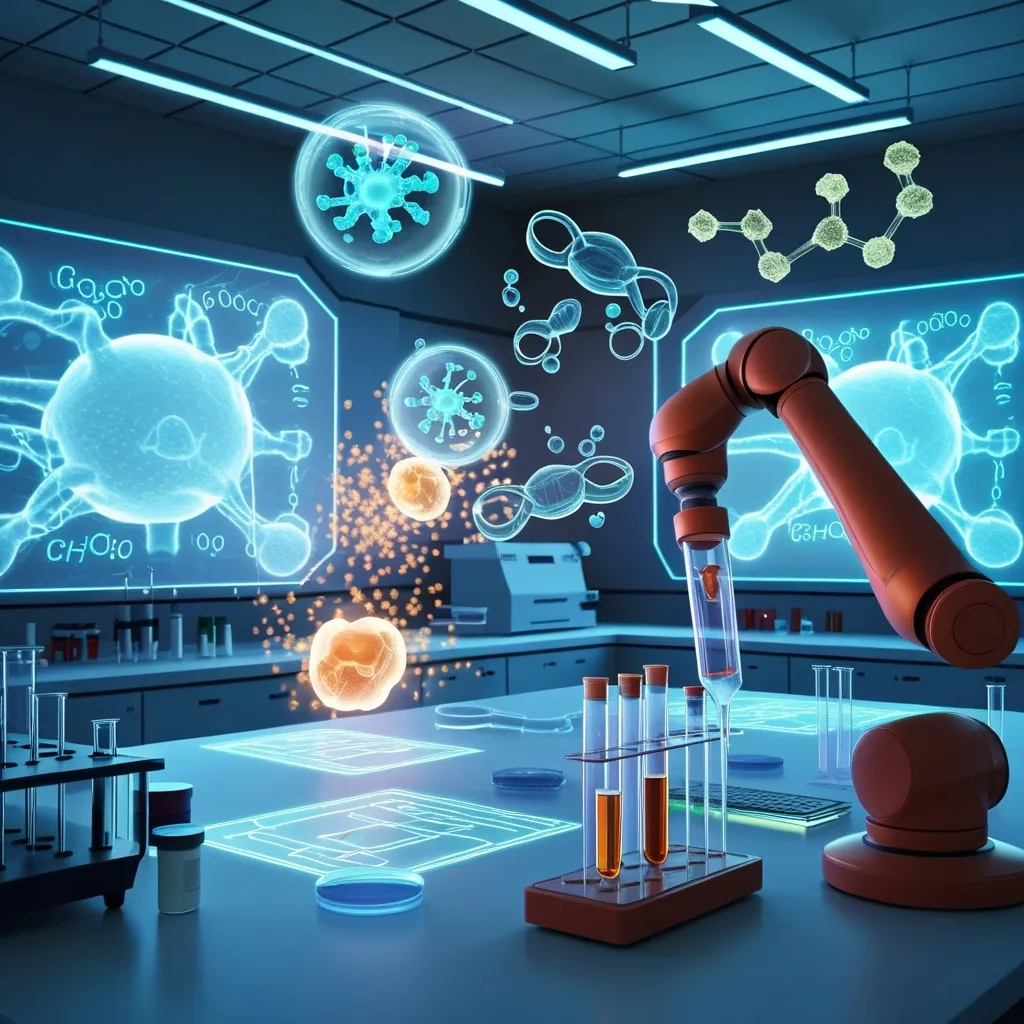Hey, ever stopped to mull over what makes you and everything around you tick? Spoiler alert: it’s all about atoms! These teeny-tiny critters, made up of electrons, protons, and neutrons, are the building blocks of the universe. And oh boy, there are so many of them—like, way more than the stars in the sky! We’re talking about more than 10 quadrillion vigintillion atoms scattered across the observable universe. That’s a 1 followed by 78 zeros, just in case you’re curious.
So, what’s the scoop on atoms, anyway? Atoms are the itty-bitty particles making up all matter, but the real magic trick is in what makes up atoms. Electrons, protons, and neutrons dancin’ around are the stars of this particular show, each made up of even tinier bits called quarks. But these quarks weren’t always strutting their stuff. They actually came into existence thanks to a cosmological event known as the Big Bang.
Now, brace yourself for some universe-sized revelations: The Big Bang isn’t exactly what many think it is. It’s not the moment the universe flipped its ‘Open for Business’ sign at t equals zero. Instead, think of it like the universe’s massive shake-up during which it got really hot, mind-blowingly dense, and started expanding faster than a cat can scoot when it sees a cucumber.
Physics peeps love their timelines, so let’s cook up a quick one for the universe. Backtrack to the universe’s early years, or rather, seconds, and you’ll stumble onto the Planck Epoch—a mysterious period that physics can just about make out but not quite see clearly. It’s like trying to make out your reflection in a fogged-up mirror. Our trusty theory, namely the Standard Model of Cosmology, only lets us rewind the cosmic clock back to a minuscule fraction of a second known as one Planck time—a zippy 10 to the negative 43 seconds after the Big Bang’s kickoff. So, what’s the holdup with getting to the real starting whistle at t equals zero? Well, our theories are like a half-cooked pie—they’re missing some crucial ingredients. Gravity’s equations start acting bizarrely, leading to weird singularities, or infinite density points that physicists roll their eyes at. Yikes!
Following the infamous Planck Era, gravity bids adieu to its unified force buddies, ready for the next gig as space expands faster than light during a phase called inflation. Picture it like blowing up a balloon, but here, this balloon—our universe—expands from a pinprick to about the size of a large orange in less time than it takes to blink. Forget what you know about the speed limit in the universe since space ain’t exactly abiding by those rules here. Information can’t zip around faster than light, ensuring cause and effect stays snuggly intact.
Fast forward a smidgeon, and you’ve got cosmic inflation handing the baton to the next phase as universe-building efforts continue post-inflation. Despite balloons popping at this point, our reality marathon continues bubbling with potential. This leads to the Electroweak Epoch, where quirky particles start gaining mass thanks to a little helper known as the Higgs Field. Imagine throwing a ball through molasses—the molasses here being the Higgs Field, making everything heavier just by poking through it.
But patience, dear reader, as this showpiece slowly cools its heels. As time ticks on and the universe breathes out, what follows is akin to a cosmic respiratory of proton and neutron bonding. Enter Big Bang nucleosynthesis happening at about three minutes young when neutrons and protons play matchmaker. A smorgasbord of light elements like hydrogen and helium start filling space, accounting for nearly everything we see today—which is a good job really, because these are the galactic Lego blocks for all things living.
From this point, the universe’s family drama really kicks off. Antiparticles are the pesky cousins messing up the family reunion, annihilating with their particle counterparts, yet mysteriously, a few more particles stick around than antiparticles. This imbalance, perhaps caused by some cosmic prank, is still one of the biggest unsolved mysteries in physics.
One would think post-fusion, the universe would just chill, but far from it. Space turns into a foggy, sizzling hot mess thanks to overly energetic electrons constantly zipping about. Eventually, by about 380,000 years in, this cosmic heatwave finally subsides enough for the electrons to buddy up with protons and form real-deal atoms, making the universe suddenly a little less opaque—more like flipping on a cosmic light switch resulting in what we know as the Cosmic Microwave Background.
So there you have it—the grand debut of atoms from cosmic soup to cool-down, from electrons and protons to our first atoms. But what of the heavier elements that make up everything from starstuff to the building blocks of life itself? Stick around to uncover the universe’s secrets in cosmic alchemy because the story of element-making adventures is a doozy waiting to be unfurled! But until next time, keep pondering the wonders of the universe, because in reality every answer just leads to more questions.
